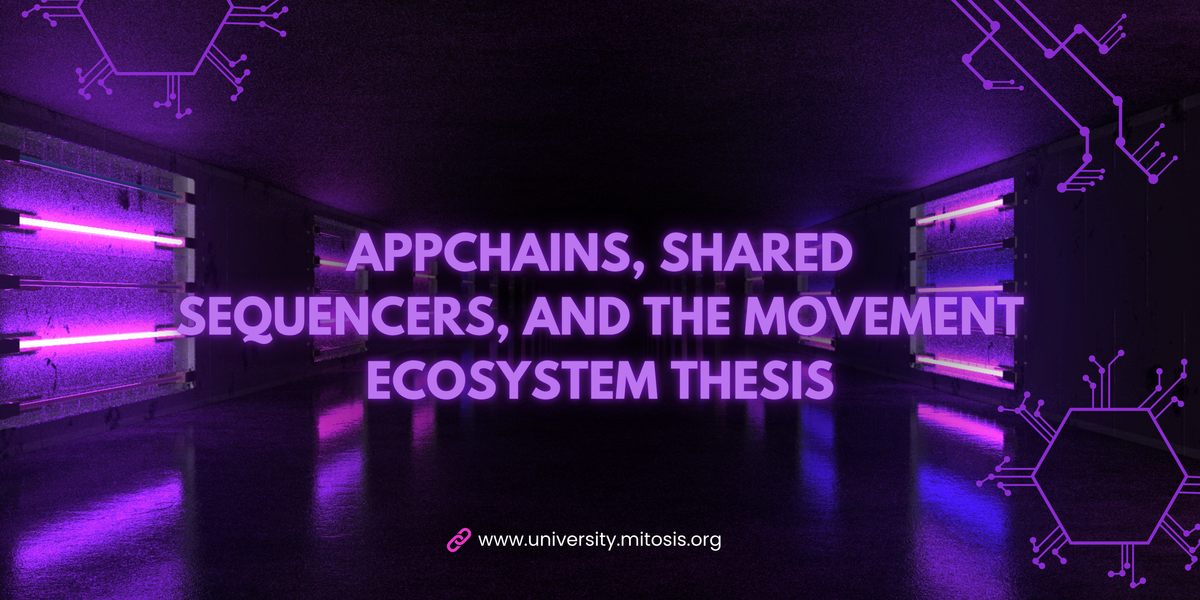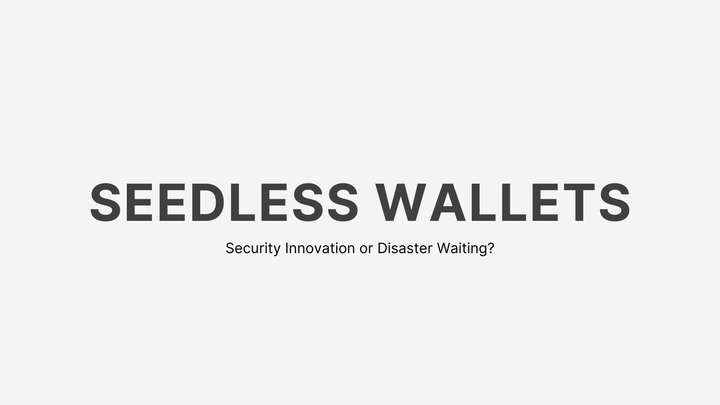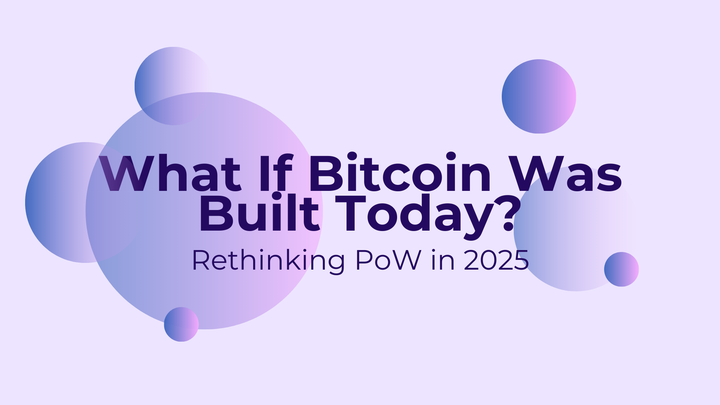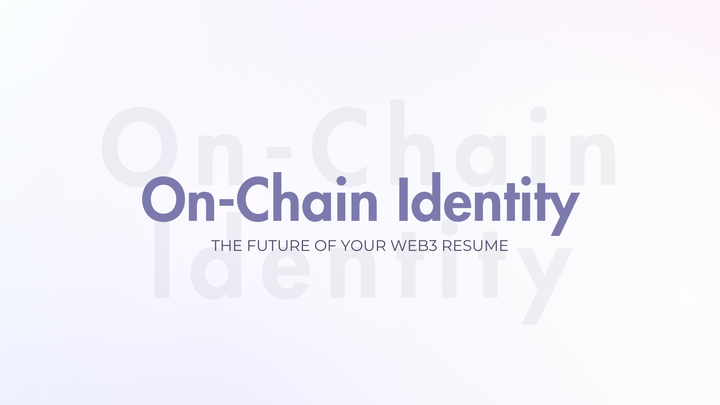Appchains, Shared Sequencers, and the Movement Ecosystem Thesis

The blockchain landscape is evolving at breakneck speed, with new paradigms emerging to tackle the trilemma of scalability, decentralization, and security. Among the most compelling developments are appchains and shared sequencers, which promise to redefine how decentralized applications (dApps) are built, scaled, and interconnected. At the forefront of this transformation is the Movement Ecosystem, a bold vision for a modular, high-performance blockchain infrastructure. This article dives deep into the mechanics of appchains and shared sequencers, explores their implications for the blockchain industry, and unpacks why the Movement Ecosystem could be a game-changer.
The Rise of Appchains: Sovereignty Meets Scalability
To understand appchains, let’s first revisit the challenges of traditional blockchains. Layer 1 (L1) chains like Ethereum and Solana are general-purpose platforms hosting a multitude of dApps. While powerful, they face limitations: congested networks, high gas fees, and performance trade-offs that don’t always align with the needs of specific applications. Layer 2 (L2) solutions, like rollups, alleviate some of these issues by offloading computation while inheriting L1 security. However, even L2s can struggle to offer the customization and sovereignty that certain dApps demand.
Enter appchains—application-specific blockchains tailored to the unique requirements of a single dApp or a closely related set of applications. Unlike monolithic L1s or shared L2s, appchains are standalone chains with their own consensus mechanisms, governance models, and execution environments. They’re built to optimize for a particular use case, whether it’s a DeFi protocol, a gaming platform, or a supply chain solution.
Why Appchains Matter
The appeal of appchains lies in their flexibility and efficiency. Here’s why they’re gaining traction:
- Performance Optimization: Appchains allow developers to fine-tune parameters like block time, transaction throughput, and gas costs to suit their application’s needs. For example, a gaming appchain might prioritize low-latency transactions, while a DeFi appchain might focus on high-throughput settlement.
- Sovereignty: Appchains give projects full control over their infrastructure, governance, and tokenomics. This eliminates dependency on shared L1 or L2 resources, reducing the risk of network congestion or governance disputes.
- Interoperability: Modern appchains are designed to integrate with broader ecosystems via cross-chain bridges and interoperability protocols like IBC (Inter-Blockchain Communication). This ensures they’re not isolated silos but part of a larger network.
- Scalability: By isolating application logic to a dedicated chain, appchains avoid competing for resources with unrelated dApps, enabling near-infinite horizontal scaling.
However, appchains come with trade-offs. Running a standalone chain requires significant infrastructure, including validators, node operators, and security measures. Bootstrapping a validator set and ensuring decentralization can be costly and complex, especially for smaller projects. This is where shared sequencers enter the picture.
Shared Sequencers: The Glue for Scalable Ecosystems
Sequencers are critical components in blockchain architectures, particularly in rollups. They’re responsible for ordering transactions, batching them, and submitting them to the underlying L1 for finality. In traditional rollups, each L2 operates its own sequencer, which can lead to inefficiencies like fragmented liquidity, high operational costs, and potential centralization risks if the sequencer is controlled by a single entity.
Shared sequencers address these challenges by providing a decentralized, shared infrastructure for transaction ordering and processing across multiple chains or rollups. Instead of each appchain or rollup running its own sequencer, they tap into a common sequencer network that ensures consistent ordering, reduces costs, and enhances interoperability.
How Shared Sequencers Work
Imagine a marketplace where multiple appchains and rollups submit their transactions to a shared pool. The shared sequencer:
- Orders Transactions: It collects transactions from participating chains, orders them deterministically, and creates a global sequence.
- Ensures Finality: The sequencer submits batches to the L1 (or a settlement layer) for finality, leveraging the L1’s security guarantees.
- Facilitates Cross-Chain Interactions: By providing a unified transaction ordering mechanism, shared sequencers enable atomic cross-chain transactions, ensuring that operations across different appchains are executed seamlessly.
- Reduces Costs: Shared sequencers amortize operational costs across multiple chains, making it economically viable for smaller projects to participate.
The result is a more cohesive ecosystem where appchains and rollups can operate independently while benefiting from shared infrastructure. This is particularly powerful for fostering interoperability and reducing fragmentation—a persistent challenge in the blockchain space.
Challenges and Risks
Shared sequencers aren’t a silver bullet. Key challenges include:
- Centralization Risks: If the shared sequencer network is controlled by a small number of entities, it could become a single point of failure or censorship.
- Latency: Coordinating transactions across multiple chains can introduce latency, especially if the sequencer network is geographically distributed.
- Economic Incentives: Aligning incentives among participants—appchains, rollups, and sequencer operators—requires careful mechanism design to prevent free-riding or malicious behavior.
Despite these hurdles, shared sequencers represent a significant step toward modular blockchain architectures, where specialized components work in harmony to deliver scalability and interoperability.
The Movement Ecosystem: A Vision for the Future
The Movement Ecosystem is an ambitious project that brings appchains and shared sequencers together to create a modular, high-performance blockchain infrastructure. Built with a developer-first philosophy, Movement aims to empower projects to launch their own appchains while leveraging shared resources for sequencing, settlement, and interoperability. Let’s unpack the core components of the Movement Ecosystem and why it’s poised to reshape the blockchain landscape.
Core Components of Movement
- MoveVM: A High-Performance Execution LayerAt the heart of Movement is the Move Virtual Machine (MoveVM), a secure and flexible execution environment originally developed by Meta for the Diem (formerly Libra) project. MoveVM is designed for safety and performance, with features like:By adopting MoveVM, Movement provides a robust foundation for appchains, ensuring they can handle complex workloads while maintaining security.
- Resource-Oriented Programming: Move treats assets as first-class citizens, ensuring they can’t be accidentally duplicated or destroyed—a critical feature for DeFi and NFT applications.
- Formal Verification: Move’s bytecode is amenable to formal verification, allowing developers to mathematically prove the correctness of smart contracts.
- High Throughput: MoveVM is optimized for parallel execution, enabling thousands of transactions per second with low latency.
- Appchain Framework: Movement simplifies the process of launching appchains by providing a modular framework. Developers can customize their chain’s consensus mechanism (e.g., Tendermint, HotStuff), tokenomics, and governance model. The framework also includes tools for deploying validators, monitoring nodes, and integrating with cross-chain bridges.Unlike standalone appchains, Movement appchains are designed to interoperate seamlessly within the ecosystem. This is achieved through standardized protocols for communication and shared infrastructure for sequencing and settlement.
- Shared Sequencer Network: Movement’s shared sequencer network is a cornerstone of its architecture. It allows appchains and rollups to outsource transaction ordering to a decentralized pool of sequencers. Key features include:
- Decentralized Operation: The sequencer network is run by a distributed set of operators, reducing centralization risks.
- Atomic Cross-Chain Transactions: The shared sequencer ensures that transactions spanning multiple appchains are executed atomically, enabling complex DeFi workflows like cross-chain lending or arbitrage.
- Cost Efficiency: By pooling resources, the sequencer network lowers the operational burden on individual appchains, making it accessible to projects of all sizes.
- Settlement Layer: Movement employs a dedicated settlement layer to anchor appchain and rollup state to a secure L1 (e.g., Ethereum). This ensures finality and data availability while allowing appchains to operate at high speeds. The settlement layer also supports fraud proofs and validity proofs, depending on the type of rollup or appchain.
- Interoperability Hub: Movement’s interoperability hub facilitates communication between appchains, rollups, and external blockchains. It supports protocols like IBC and custom bridges, enabling seamless asset transfers and data sharing. This hub is critical for creating a cohesive ecosystem where applications can leverage each other’s strengths.

The Movement Thesis
The Movement Ecosystem’s thesis is rooted in the belief that the future of blockchain is modular and application-specific. By combining the sovereignty of appchains with the efficiency of shared sequencers, Movement aims to:
- Democratize Infrastructure: Lower the barriers to launching high-performance blockchains, enabling startups and independent developers to compete with established players.
- Maximize Scalability: Allow ecosystems to scale horizontally by adding new appchains without compromising performance or security.
- Foster Interoperability: Create a unified network where applications can interact seamlessly, unlocking new use cases and synergies.
- Prioritize Developer Experience: Provide tools, documentation, and frameworks that make it easy to build, deploy, and scale dApps.
This thesis aligns with broader trends in the blockchain industry, where modularity (e.g., Celestia for data availability, EigenLayer for restaking) and specialization (e.g., Cosmos appchains, Polkadot parachains) are gaining momentum. However, Movement stands out for its focus on integrating appchains and shared sequencers into a cohesive, developer-friendly ecosystem.
Use Cases and Applications
The Movement Ecosystem is versatile enough to support a wide range of applications. Here are a few examples:
- DeFi: Appchains optimized for specific DeFi protocols (e.g., AMMs, lending platforms) can achieve ultra-low latency and high throughput, while the shared sequencer enables cross-chain composability.
- Gaming: Gaming appchains can prioritize real-time interactions and on-chain asset ownership, with MoveVM ensuring secure asset management.
- Enterprise Solutions: Supply chain or identity management appchains can leverage Movement’s formal verification capabilities to meet regulatory requirements.
- SocialFi: Social media dApps can use appchains to handle high volumes of microtransactions (e.g., tipping, subscriptions) while integrating with other chains for payments or NFTs.
- AI and Data Markets: Appchains for decentralized AI or data marketplaces can optimize for specific computation or storage needs, with the interoperability hub enabling cross-chain data sharing.
Challenges and Opportunities
While the Movement Ecosystem holds immense promise, it faces several challenges:
- Adoption: Convincing developers to build on Movement requires a robust ecosystem of tools, tutorials, and community support. Competing with established platforms like Ethereum or Cosmos won’t be easy.
- Security: Ensuring the security of the shared sequencer network and settlement layer is critical. Any vulnerabilities could undermine trust in the ecosystem.
- Governance: Balancing the interests of appchains, sequencer operators, and users requires a transparent and equitable governance model.
- Interoperability Standards: Movement must align with industry-wide interoperability standards (e.g., IBC, Chain-Agnostic Standards) to avoid fragmentation.
On the flip side, these challenges present opportunities. By prioritizing developer experience, Movement can attract talent and projects looking for a more streamlined alternative to existing platforms. By investing in security and decentralization, it can build trust and credibility. And by contributing to interoperability standards, it can position itself as a leader in the modular blockchain movement.
The Broader Implications
The rise of appchains and shared sequencers, exemplified by the Movement Ecosystem, has profound implications for the blockchain industry:
- End of the Monolithic Era: General-purpose L1s will increasingly give way to specialized appchains and modular architectures, as projects prioritize performance and sovereignty.
- New Economic Models: Shared sequencers introduce novel incentive structures, where sequencer operators, appchains, and users share costs and rewards. This could lead to more sustainable blockchain economies.
- Composability Redefined: Atomic cross-chain transactions enabled by shared sequencers will redefine composability, allowing dApps to combine functionalities across chains in real time.
- Democratization of Blockchain Development: By lowering the barriers to launching appchains, ecosystems like Movement empower smaller teams to innovate and compete.
- Regulatory Considerations: Appchains’ sovereignty could simplify compliance for enterprise use cases, as projects can tailor governance and data handling to specific jurisdictions.
Conclusion: A Movement Toward Modularity
The blockchain industry is at an inflection point. As the limitations of monolithic L1s and shared L2s become apparent, appchains and shared sequencers offer a path to a more scalable, sovereign, and interoperable future. The Movement Ecosystem is a bold step in this direction, combining the power of MoveVM, a modular appchain framework, and a shared sequencer network to create a developer-friendly platform for the next generation of dApps.
While challenges remain, Movement’s vision aligns with the industry’s shift toward modularity and specialization. By empowering developers to build tailored blockchains while fostering interoperability and efficiency, Movement could become a cornerstone of the decentralized web. For developers, entrepreneurs, and enthusiasts, the message is clear: the future of blockchain isn’t one-size-fits-all—it’s a movement toward customization, collaboration, and limitless possibility.



Comments ()